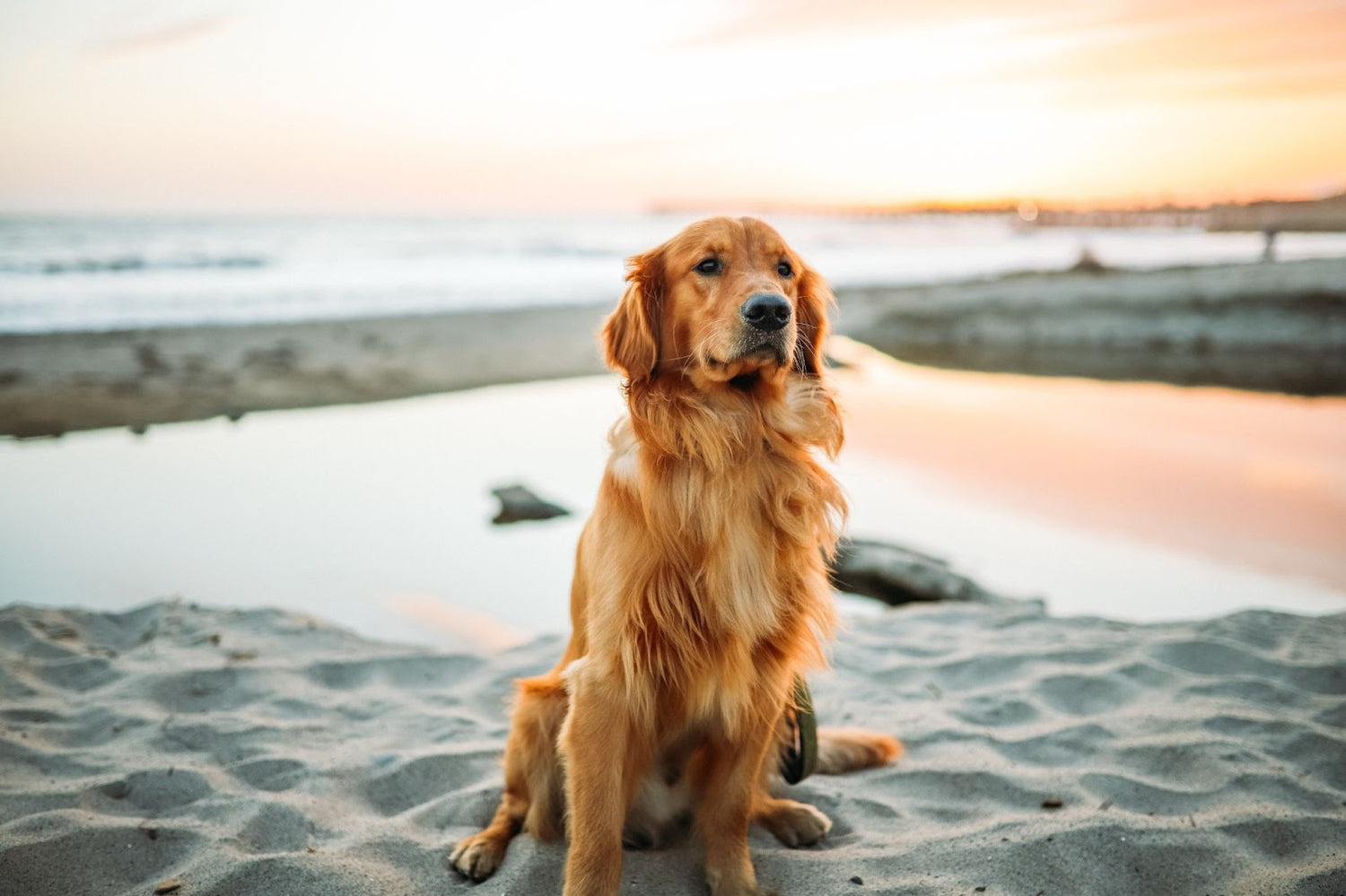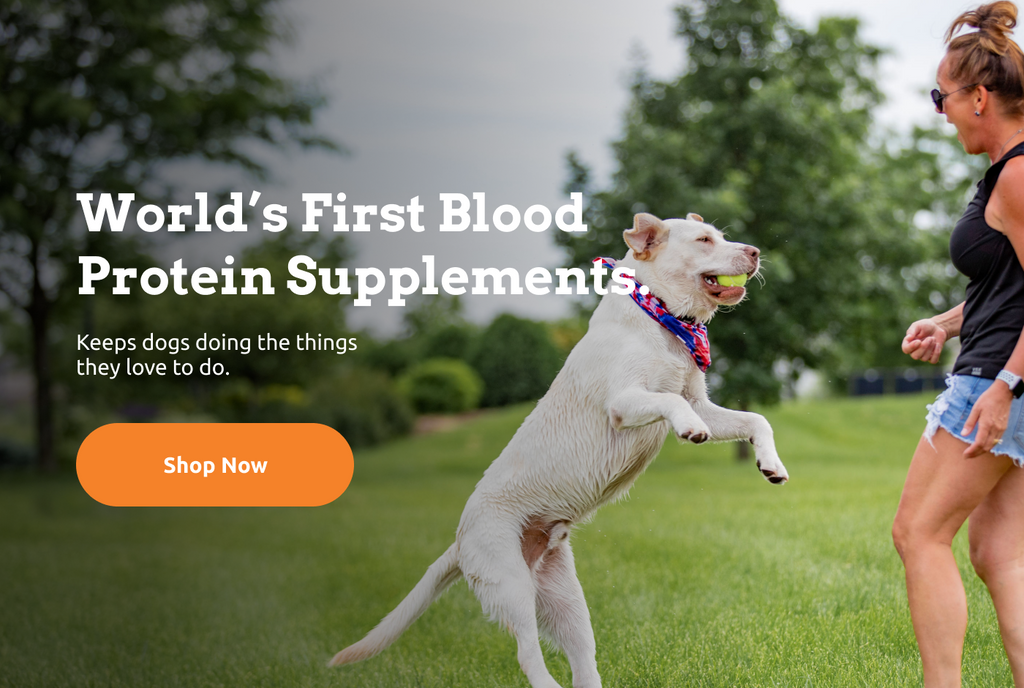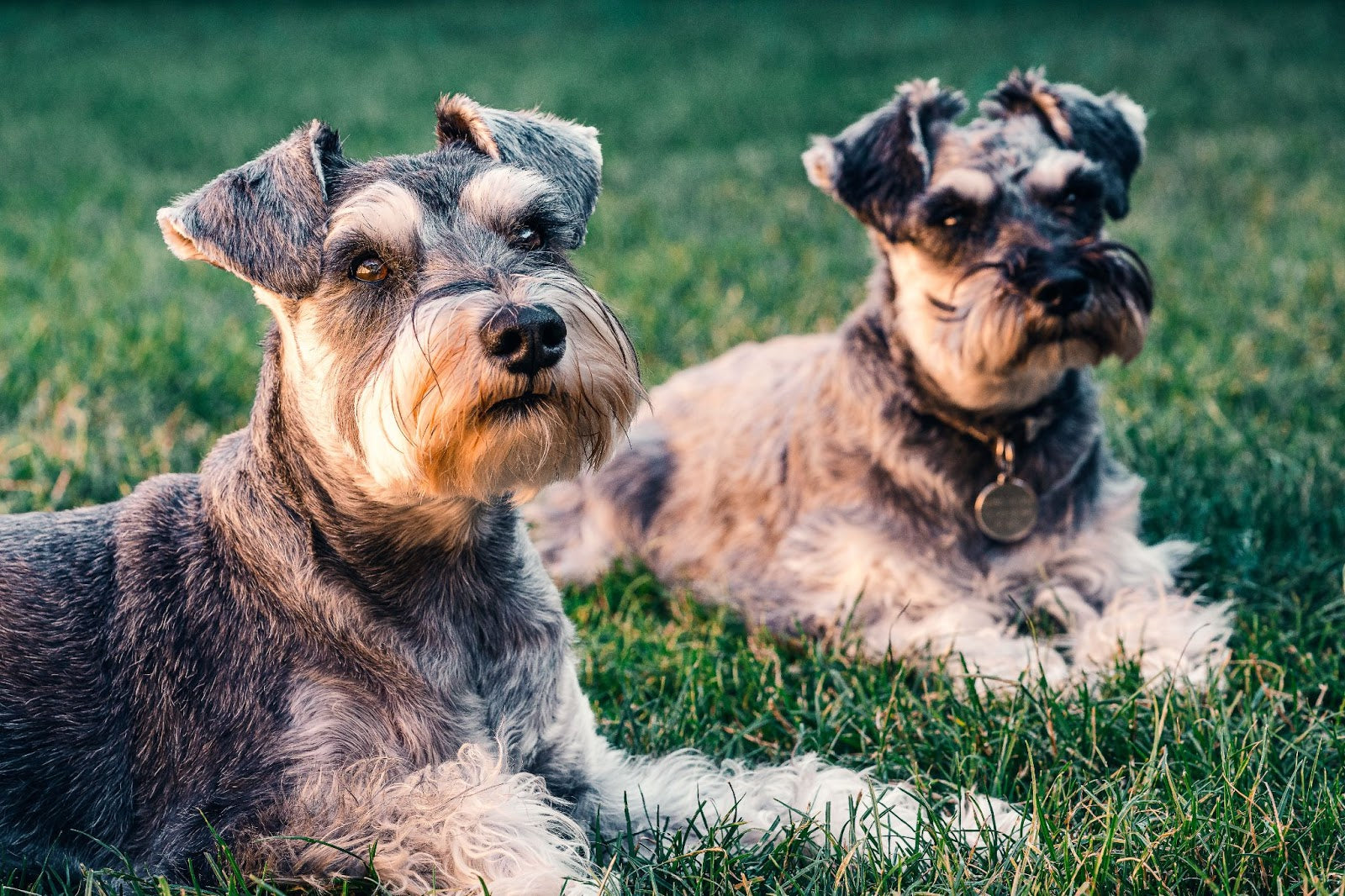There really isn’t a more helpless feeling as a pet owner than having your dog feel under the weather. Unlike humans, who you can ask what hurts or what is bothering them, our pets can’t tell us how they feel and what is wrong.
That’s why knowing the signs of some common health issues, like colitis in dogs, is so essential to catching and treating them quickly before they become more serious.
Learn more about how to spot colitis, and what to do about it, in this primer created by the dog loving crew at WINPRO. We’ll help you get on track with your pet’s health in no time.
What Is Colitis?
The word for colitis means inflammation of the colon in medical terminology, and can be common in both cats and dogs. If you’re unfamiliar with the basic anatomy of the GI (gastrointestinal) system, the colon is the main part of the large intestine. The large intestine connects the small intestine, which receives the broken down food from the stomach, to the end destination, which is normally on your lawn.
When it comes to turning food into waste, the small intestine does most of the work. When it gets to the colon, the main work is just in compacting it, absorbing any usable nutrients, and removing excess water.
The colon also has plenty of (usually good) bacteria called microorganisms, which are necessary to help break down the remainder of the material until it can be removed from the body. The colon is a very important part of your dog’s GI system, because it does most of the storage of the stool, as well as helps to maintain the very important balance of fluids and electrolytes in their bodies.
So that’s how a normal colon works. When it’s inflamed, it’s a whole other story. When it’s not working properly, there can be major issues with how well it can absorb that excess water, and how quickly (or slowly) it can move the waste out of the body.
It’s important to note that colitis in dogs is normally always a symptom of another, underlying health issue, so treating it usually includes not only stopping or reducing the symptoms but also figuring out what is actually causing it.
Common Signs And Symptoms Of Colitis
Because we are unable to ask our pets how they are feeling, watching for signs is the best way to figure out if they may be dealing with colitis.
The number one, most common sign of colitis in dogs is that they start having what is known as “large bowel diarrhea.” While it may seem strange, there is a difference between the signs that indicate diarrhea is being caused by an issue with the small intestine versus the large intestine.
With colitis, those signs include very soft and even liquid diarrhea that usually comes on with a lot of urgency. Dogs may not go to the bathroom a lot each time, but when they have to go, they really have to go.
You may also notice some blood and/or mucus in the diarrhea, and your dog may seem like they’re uncomfortable when they go (cramping is also thought to be common with colitis in dogs). If your dog seems to be spending a long time squatting outside, but not having a lot of stool come out, it’s very likely that they may be dealing with colitis.
Many cases of colitis in dogs are also punctuated with bouts of gas, which can be even more odorous than your dog’s normal gas. Your dog may also deal with periods of constipation, followed by more diarrhea. Often, chronic colitis is diagnosed due to those cycles, and not just the diarrea.
What Causes Colitis In Dogs And How Do You Treat It?
While you may see colitis as a sudden issue, the real truth behind the health condition is that it is usually the result of chronic issues that have irritated and inflamed the colon over time. That can be caused by a number of different things, including:
-
Whipworms - A parasite that can live in the colon, which is most common in dogs who eat their own (or other dog’s) feces. Because they reproduce very quickly, they can lead to digestive issues like diarrhea and irritate the colon enough to cause colitis in dogs. They need to be treated with a dewormer by a veterinarian, and are diagnosed through a stool sample.
- Other parasites - While whipworms are the most common parasitic trigger of colitis in dogs, other parasites like Giardia and Cryptosporidium can also be a trigger. Prescription medication is needed to treat these parasites as well. Most parasites can also be successfully diagnosed by a veterinarian by checking a stool sample.
- Irritable bowel syndrome/disease - Dogs can get many of the same GI conditions that humans can, like IBS. Over time, these can also lead to colitis in dogs. This will also need to be diagnosed and managed by your veterinarian.
For a true diagnosis, your dog will likely need a colonoscopy or colon biopsy. However, because of how invasive they are and the fact that they require general anesthesia (which can be a risk for older or more unhealthy dogs), many vets will treat them symptomatically first.
Some dogs may also need other prescription medications, like anti-inflammatories or antibiotics, to help reduce the inflammation and irritation enough to stop the diarrhea.
Prevention Techniques For Colitis In Dogs
If your dog deals with chronic colitis flare ups, you’re probably wondering what (if anything) you can do to help prevent them. The most important thing you can do is to make sure that your dog is established with a veterinarian and has had a recent exam. That way, when (or if) flare ups happen, you already have a relationship in place so that you can make a trip in to identify what may be causing them.
Often, if your dog is dealing with chronic colitis, they’ll need to be “rested” from food for 24 hours to let their bowel calm down. This should always be done at the advice of your veterinarian. It is usually followed by trying an elimination diet, where you will feed your dog a specific (usually “hypoallergenic”) diet with no added treats or table scraps. To figure out how to do this correctly and if it’s needed, check with your vet.
And, as always, make sure your pet is up to date on any flea, tick, and heartworm prevention medication. While this won’t prevent every cause of colitis in dogs, it can be a big step toward avoiding some of the more common triggers.
In Summary
No pet owner wants to watch their dog be sick, especially with chronic diarrhea. If you suspect you are dealing with a case of colitis in dogs, visit your veterinarian for recommendations on how to help out your pet’s health. It’s just one more way you can show how much you truly love your dog, while keeping them safe, healthy, and comfortable for as long as possible.
Sources:
Colitis in Small Animals - Digestive System | Merck Veterinary Manual (merckvetmanual.com)
Whipworms in Small Animals - Digestive System | Merck Veterinary Manual (merckvetmanual.com)
Why Dogs Eat Poop and How to Stop It – American Kennel Club (akc.org)



